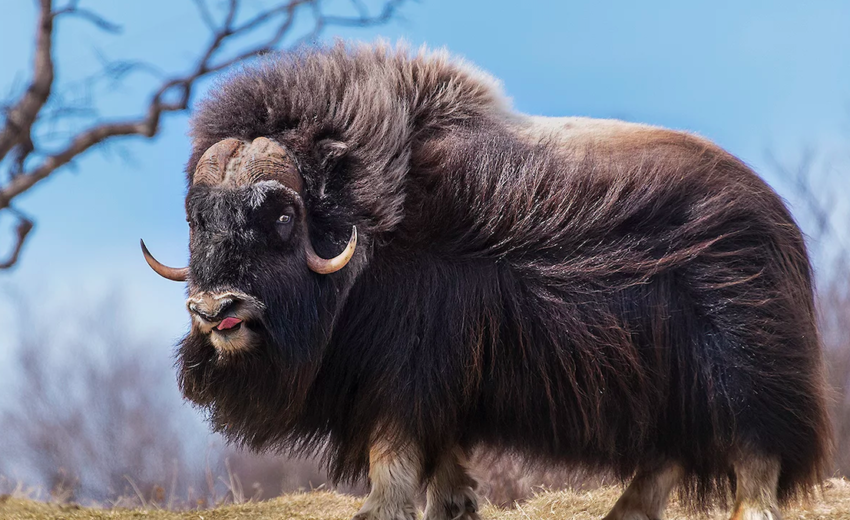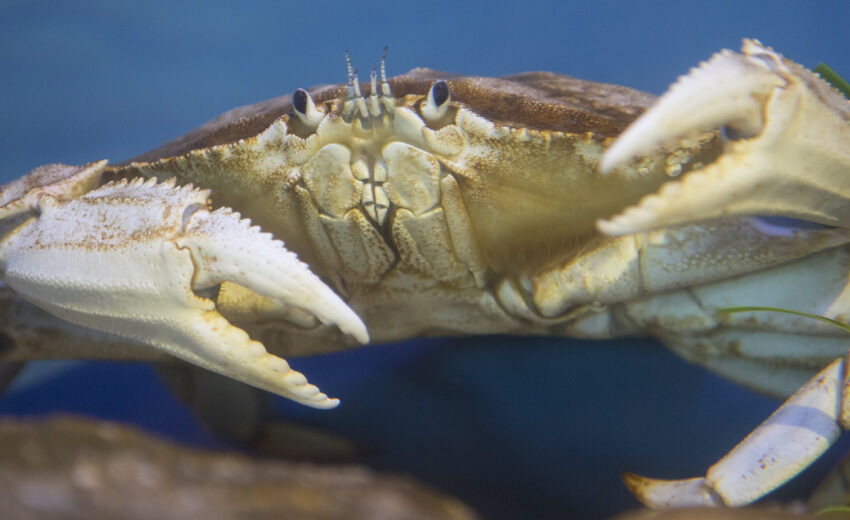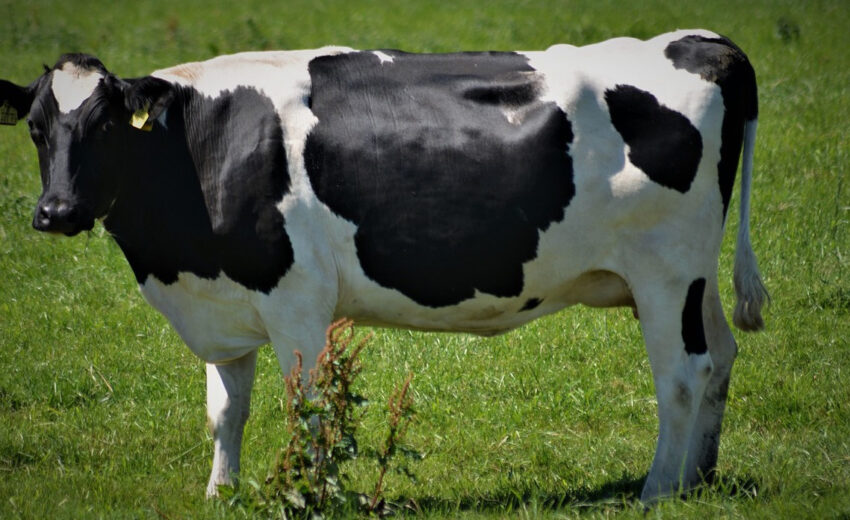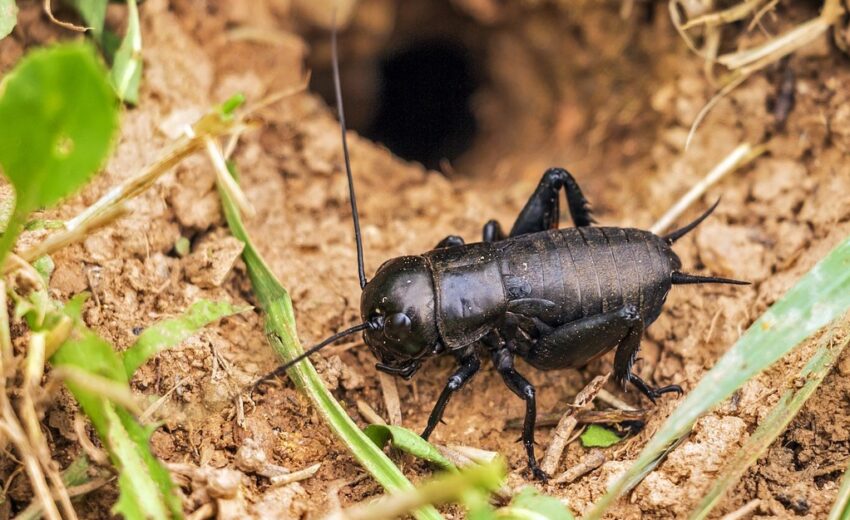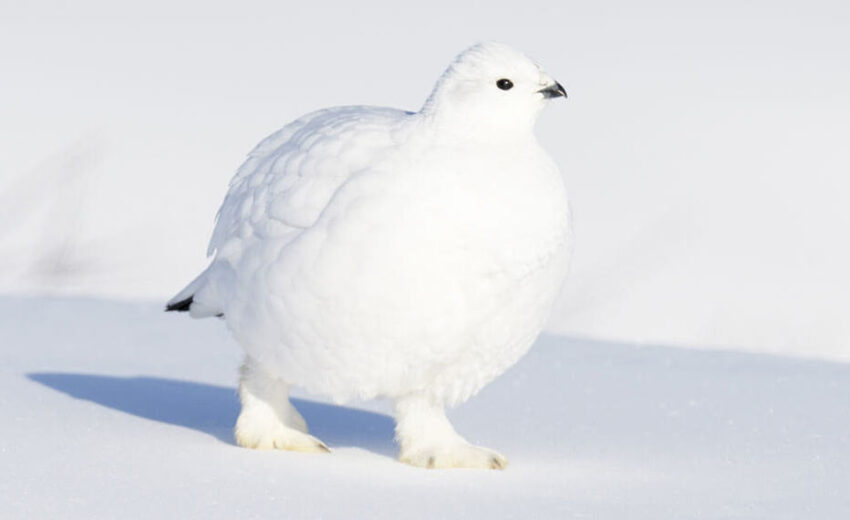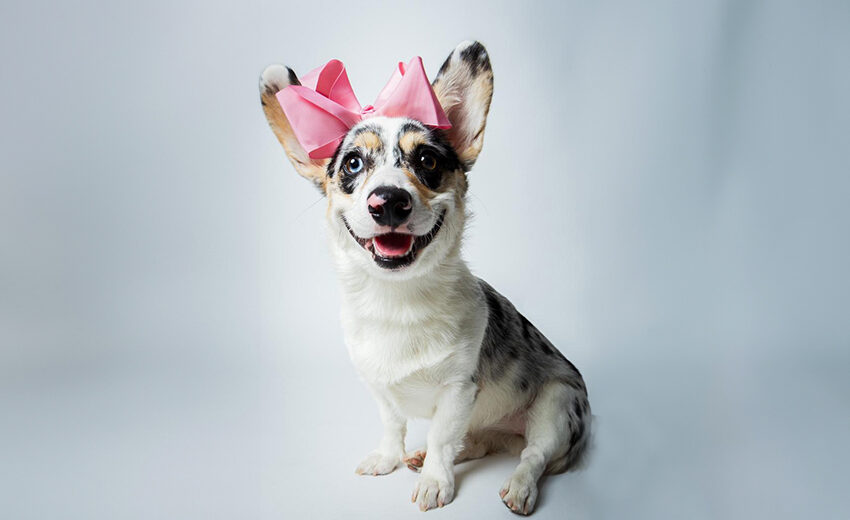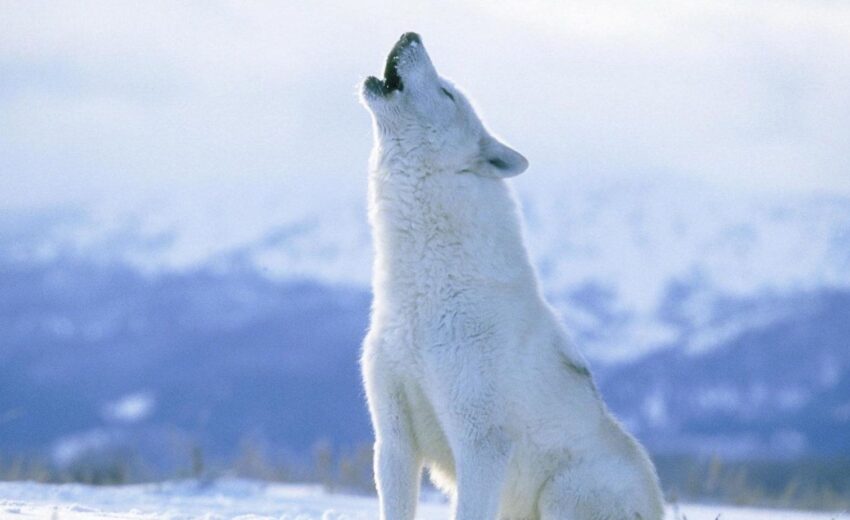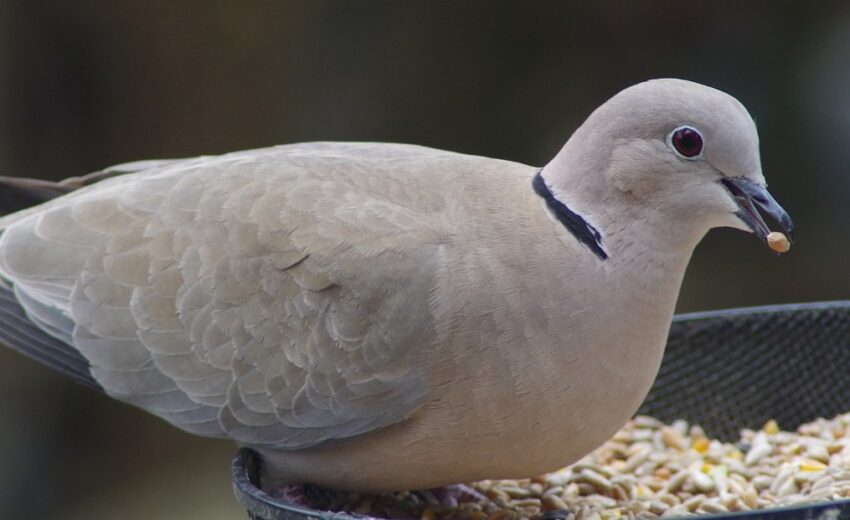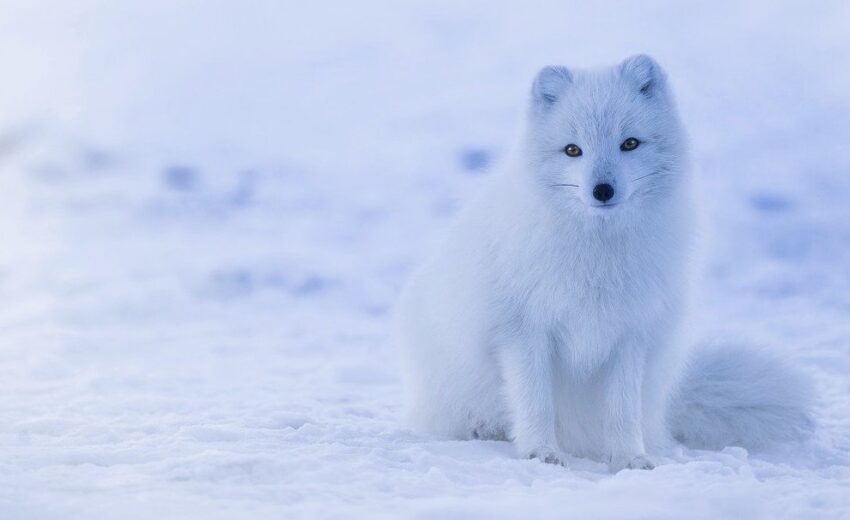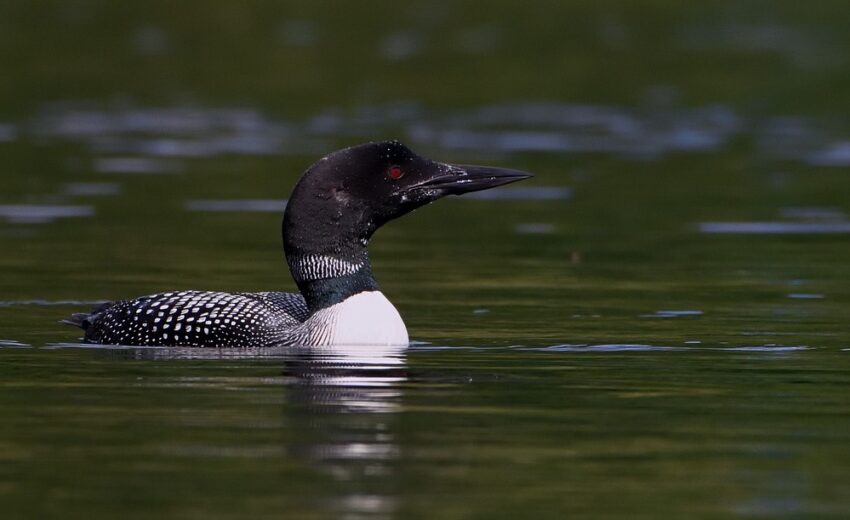The musk ox resides in the frozen Arctic tundra areas of North America and Greenland. At one point these beasts were wiped out of Europe and Alaska due to over-hunting. Their numbers are
- Zoology
- Daily Critter Facts
- For Teachers
- Study Guides
- Diseases & Parasites
- Contact


